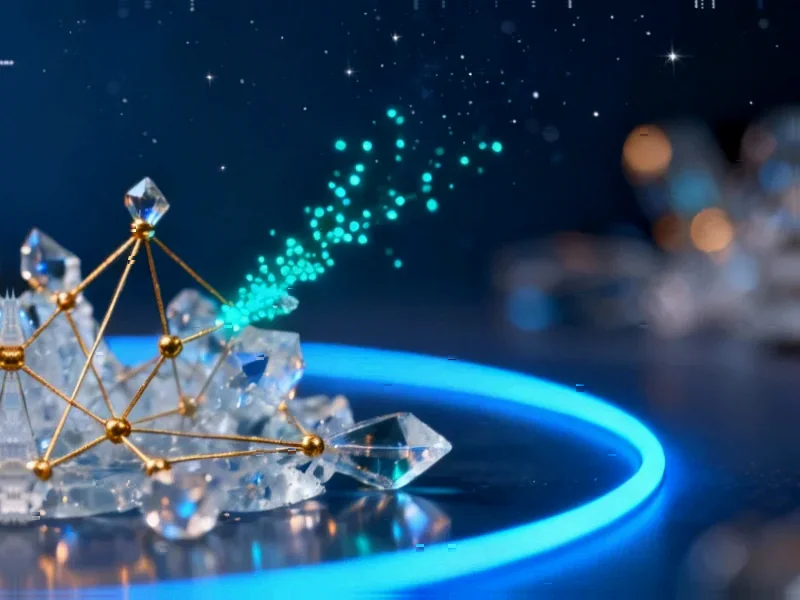According to Innovation News Network, the Large Hadron Collider has detected an incredibly rare single top quark phenomenon that occurs only once in every trillion proton collisions. Researchers observed this event, known as tWZ production, where a single top quark appears alongside W and Z bosons simultaneously. The CMS collaboration used advanced machine learning algorithms to identify the signal amid overwhelming background noise from similar but more common processes. Interestingly, the measured rate of tWZ production came in slightly higher than theoretical predictions, potentially hinting at unknown physics. This detection represents one of the rarest Standard Model processes ever observed and required sophisticated analysis techniques to separate from ttZ production, which occurs about seven times more frequently.
Finding the Ultimate Needle in a Haystack
Here’s the thing about particle physics – the really interesting stuff is almost impossibly rare. We’re talking about searching for something that happens once in a trillion tries. To put that in perspective, if you flipped a coin once per second, it would take you about 32,000 years to get a trillion flips. And that’s what these researchers had to sift through.
The challenge wasn’t just the rarity though. The tWZ process looks suspiciously similar to ttZ production, where you get a top and anti-top quark pair with a Z boson. That happens seven times more often, creating what physicists call “background noise.” Basically, it’s like trying to hear one specific whisper in a crowded stadium. So they turned to machine learning – because honestly, what can’t it do these days?
Why This Matters Beyond the Standard Model
Now, you might be wondering why physicists get so excited about spotting something so rare. Well, the top quark is special – it’s the heaviest fundamental particle we know, which means it interacts most strongly with the Higgs field. Studying how it plays with the W boson and Z boson gives us a front-row seat to understanding the electroweak force.
But here’s where it gets really interesting. The measured rate came in slightly higher than predicted. Is that just statistical noise, or could it be our first glimpse of physics beyond the Standard Model? Roman Kogler from the CMS collaboration pointed out that if there are unknown particles or interactions at play, this deviation should grow larger at higher energies. That’s the smoking gun they’ll be watching for.
What Comes After Finding the Needle?
So what now? The LHC is gearing up for more collisions, more data, and hopefully more of these ultra-rare events. Each additional detection helps physicists determine whether that slightly higher rate is real or just a fluke. If it’s real, we might be looking at the first cracks in our current understanding of particle physics.
Think about it – we’ve been hunting for deviations from the Standard Model for decades. Most searches come up empty. But finding anomalies in processes this rare? That’s where new physics often hides. The fact that they even spotted this event shows how far our detection capabilities have come. Machine learning is becoming as essential to particle physics as particle accelerators themselves.
This discovery reminds us that even after finding the Higgs boson, the LHC still has plenty of secrets left to uncover. The universe, it seems, still has a few tricks up its sleeve.




